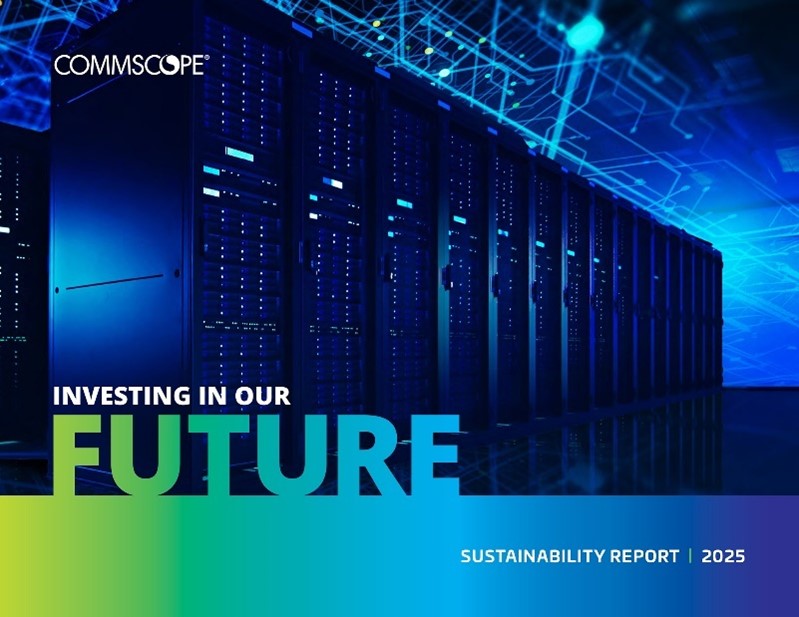 It’s one of the most pressing challenges facing the wireless industry today: how to deploy the small cells that are essential to network expansion and performance into densely populated areas without disrupting the functionality and aesthetics of the urban environment.
It’s one of the most pressing challenges facing the wireless industry today: how to deploy the small cells that are essential to network expansion and performance into densely populated areas without disrupting the functionality and aesthetics of the urban environment.
Last year, engineers at CommScope’s Richardson, Texas site posed that challenge to a team of six undergraduate engineering students at nearby University of Texas-Dallas—and the idea they came up with solves the problem effectively and attractively.
Called the Metro Bench, the students’ solution installs a complete small cell antenna system around an existing city street pole and seamlessly integrates a sidewalk bench and roof into the design. The antenna is mounted at the top of the pole and the radio equipment is securely housed in a cabinet built into the bench and roof structure. The solution not only conceals the small cell system but also adds a valuable and aesthetically-pleasing asset—a sheltered seating area for pedestrians to stop and rest—to the urban scene.
CommScope sponsored the student project, providing funding for materials and equipment as well as design guidance and technical support. Al Gienger, senior mechanical engineer, and I worked with the students on the concept, design and build phases of the solution.
Al and I met with the students on a weekly basis to review their work and give feedback at each step of the process from start in September 2018 to finish in May 2019. The student-built, full-sized Metro Bench prototype will be on display in the Richardson Innovation Center soon.
We believe that engaging with student teams like this is rewarding for both the students and CommScope. Students get the benefit of a real-world design problem and the ‘sage advice’ from industry veterans to confirm or expand on their class and lab work. We get a team of energetic and creative engineers with no pre-conceived notions of how things should work—and the end product is often a fresh approach.
There are many forward-looking projects that are critical to CommScope’s future. Having student’s help to develop them is a great way to get these projects started and advanced to a point where commercialization is much easier.







